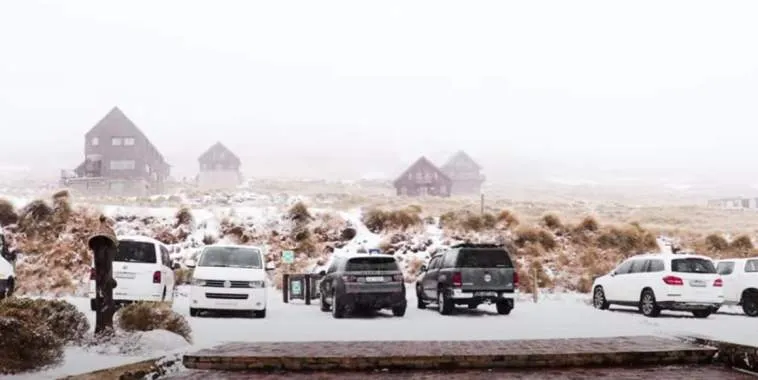(Free West Media) The forecast by the European Center for Medium-Range Weather Forecasts (ECMWF), cited winds in the tropical stratosphere and surface pressure across the Atlantic which reduces renewable energy generation. The intergovernmental organization is backed by 35 countries and oversees the Copernicus Climate and Atmospheric Change Monitoring Services which track marine, terrestrial and atmospheric data.
Florence Rapier, director general of the ECMWF, underscored that November and December showed a period of high pressure over Western Europe, which is likely to bring with it colder spells, fewer winds and precipitation.
“If we have this pattern it requires a lot of energy because not only is it a little bit cooler but you also have less wind for wind power and less precipitation for hydro,” she told the Financial Times. Policy makers have been faced with high energy costs due to their sanctions on gas imports from Russia.
The European Union has pledged to completely stop the importation of Russian gas by 2027 by diversifying into renewable energy sources.
In the short term, Rapier said, recent hurricanes across the Atlantic could mean milder, wetter and windier weather. But cooler weather later in the year will be due to atmospheric conditions known as La Niña, a weather pattern derived from the cooling of the Pacific Ocean’s surface, leading to changes in wind and precipitation patterns in different regions.
Wind and hydro power output in Europe’s electricity generation has fallen this summer as a result of hotter and drier weather.
Claude Tormes, Luxembourg’s Minister of Energy and Spatial Planning, said that ministers were calling on ENTSO-E (the European Union’s network of power grid operators) to provide an update on the risks to this winter’s electricity supplies in October, a month early.
Unusual winter cold in the southern hemisphere
Half the globe is south of the equator. The northern hemisphere is home to almost three quarters of the earth’s land masses, not counting the ice deserts of Antarctica and Greenland – 90 percent of the world’s population is also found here.
This is why we rarely hear about what life is like south of the equator, and it is also the same reason why the climate debate mainly concerns the northern hemisphere.
But although the Southern Hemisphere has half the Earth’s climate, only one in ten people experiences it. There is also most of the world’s oceans, as well as the ice continent of Antarctica with an ice sheet over four kilometers thick. That they affect the earth’s climate is obvious.
While many areas in the Northern Hemisphere have had an unusually warm summer, many in the Southern Hemisphere have had an unusually cold winter.
South Africa’s weather service warned of snow on July 12-16. The town of Volksrust had snow and winter roads with 10 degrees below zero. The mountainous kingdom of Lesotho had ski lifts open at the end of July.
Neighboring countries Namibia and Botswana had unusually cold weather, 10 degrees below zero in Namibia and 7,7 degrees below zero in Botswana. Kenya on the equator had stunted growth.






